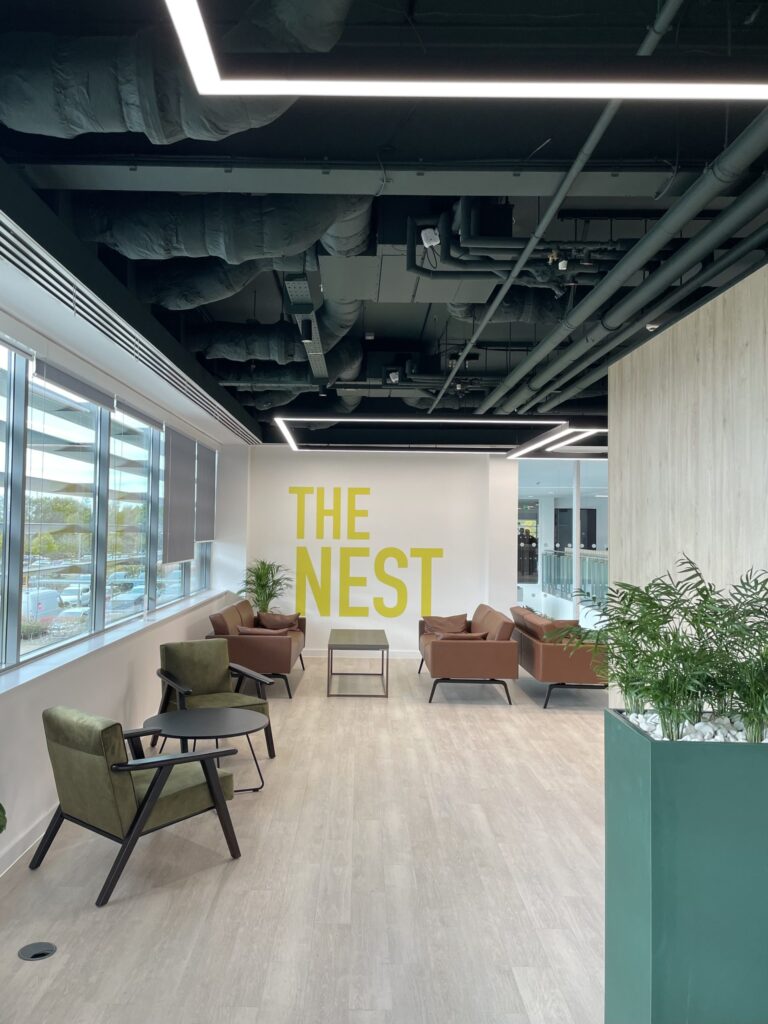
Mixed Presence Meeting Disparity - Insight Report Blog 3
Date
11 April 2023
Read length
4 min
Two and a half years ago video meetings were not a mainstream activity for most businesses. Now, thanks to the pandemic and they’re a staple of the working day as employees and organisations have adapted to new hybrid ways of working.
Tips to Avoid Mixed Presence Meeting Disparity
Two and a half years ago video meetings were not a mainstream activity for most businesses. Now, thanks to the pandemic and they’re a staple of the working day as employees and organisations have adapted to new hybrid ways of working.
At the height of the pandemic, virtual meetings became more convenient to schedule and easier to attend, which on some level made them more inclusive and ensured that a wider range of perspectives could be included in decision making. The first pandemic lockdown saw a 272% increase in Teams meetings.
The ease of convening virtual meetings also offered a real advantage in that team meetings could be rapidly organised at short notice to discuss pressing issues which enabled organisations to be more agile. People also developed more efficient time management practices around their participation, such as being able to ‘dip into meetings’ around relevant agenda items or cutting the length of meetings from a pre-pandemic hour to 30 or 45 minutes.
But while these benefits were cause for celebration, the return to the workplace and the birth of hybrid working has caused some challenges when it comes to these new meeting behaviours. How do you ensure parity for all participants – including those in the meeting room and those dialling in – be that via telephone or video?
We will all have had poor meeting experiences. Perhaps you were the remote participant who struggled to get a word in and felt removed from the conversation in the meeting room, or the video link was so poor you couldn’t see half of the attendants. Or perhaps you were sat in the meeting room frustrated at the poor connection or the difficulties of trying to collaborate in this way.
With these shared experiences in mind, here are seven tips to ensured mixed presence meetings are both productive and inclusive:
- Establish meeting ground rules for your organisation. These should focus on etiquette surrounding contributing, listening, being respectful and avoiding side conversations on or off camera.
- Make sure everyone is on camera including everyone round the table. There shouldn’t be any blind spots.
- Use digital interactive whiteboard tools like Miro or Mural so everyone can contribute creatively – including those not in the room.
- Ensuring that your chosen collaboration technologies are intuitive and easy to use – plus make sure you’ve trained people to use it properly.
- Encourage moments of silence to enable remote attendees to get a word in and be aware that when remote attendees unmute themselves, they may have something important to contribute.
- Ensure the quality of the room’s tech set up is exemplary and that both audio and video is sharp.
- Consider wider office interior design considerations such as ensuring private spaces where external noise won’t cause distraction (or meeting noise disrupt those nearby) and think carefully about the configuration of the room and your furniture choices so that attendees can be seen easily.
To learn more about the needs of the hybrid workplace, download a copy of our latest Insights Report – entitled ‘Balanced Workspaces’.
See how we could help with your new office interior design or office design and build project here
Get in touch
We love nothing better than talking all things workplace and design – got a question, potential project or just need some guidance?
Drop us a note…





